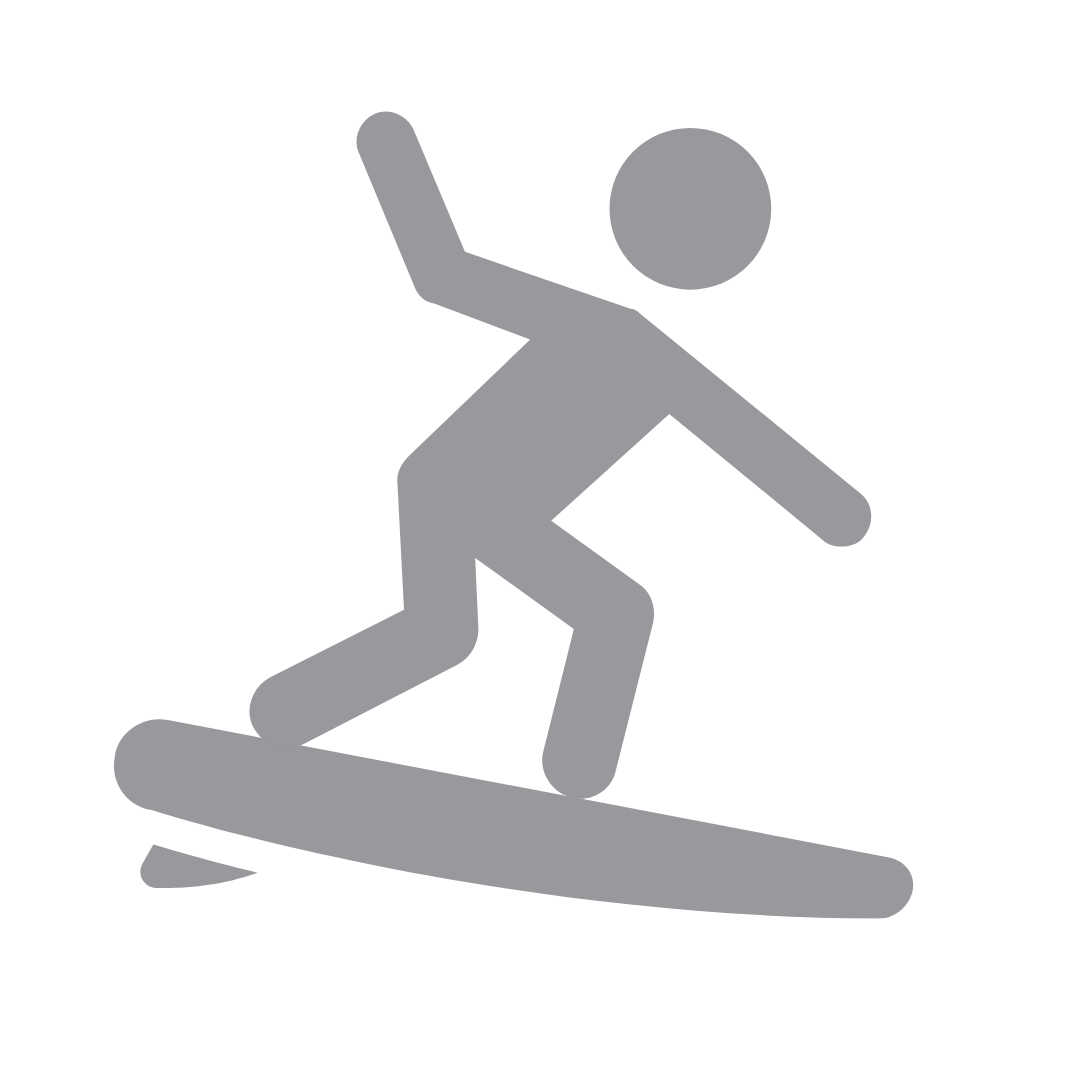Posted by Jeb Brinkley | 11.17.2023 | Uncategorized
Swell Prediction: A Surfer’s Best Friend

Hurricane Lee Swell, September 16, 2023 (Surfline)
Swell prediction has become a valuable tool for both professional and amateur surfers alike. Instead of checking the surf randomly and hoping something shows up, forecasters are now able to track storms, chart winds, and determine if and when a swell will come days in advance. Here, we will dive a bit deeper into the techniques we use to know when waves are coming, and what to expect for our lessons!
Why use surf forecasting?
East Coast surfing conditions can change very drastically and very quickly. With ocean-based storms, you can watch the swell roll in over the course of a few hours. On a local and regional scale, surf forecasting can predict the swell size, duration, period, and direction for surfers eager to get in the water. Having the ability to forecast swell coming to our coast allows us to pick the best days for lessons for all skill levels!
What is Swell?
In plain terms, swell is the transfer of energy from wind to sea. There are multiple swell classifications, such as ground swell and wind swell. Groundswell generally comes from large storms from a further distance away (a hurricane offshore, for example). These are more organized, stronger, and tend to last longer. Surfers look out for these longer period groundswells for better, more surfable waves.
Wind swells are formed more locally and generally have more choppy conditions, lasting shorter.
Energy from storms in an ocean basin then propagates from where it is created and spreads throughout the ocean, like ripples in a pond.
Swell direction
The direction of a swell is just as important as size or duration. This is typically shown on a forecast as an arrow icon, indicating the path the swell has traveled from. Swell direction determines the size and overall conditions of surf on a specific beach. This could cause good conditions on one beach, with drifty/choppy conditions on another, all from the same swell.
Swell Period
The swell period is the time in seconds between individual waves. Different durations in the swell period allow surfers to determine if it is a ground swell or wind swell. A solid ground swell will have a period of about 10 seconds. These are more organized and allow for cleaner conditions. A wind swell will have a period of around 6 seconds, being a little less organized. A period of 5 seconds or under is generally deemed unsurfable, choppy, and highly disorganized.
Primary vs. Secondary Swell
Since ocean basins are often impacted by multiple sources of winds, different swells come through at once. These are known as primary and secondary swells. Primary swells are most likely to make it to the coastline. Other swells with a smaller period are categorized as secondary swells, usually local wind swell
How we use Swell Forecasting
 Before each lesson, our coaches make sure to check multiple different swell forecasting sources to determine the water conditions. Swell forecasting allows me to predict when the waves will be in my favor. By analyzing swell direction, period, wind strength, and duration, I know exactly when it is best to paddle out. When our instructors get to the beach, they determine the swell size, direction, and any wind impacts to ensure you have a great experience.
Before each lesson, our coaches make sure to check multiple different swell forecasting sources to determine the water conditions. Swell forecasting allows me to predict when the waves will be in my favor. By analyzing swell direction, period, wind strength, and duration, I know exactly when it is best to paddle out. When our instructors get to the beach, they determine the swell size, direction, and any wind impacts to ensure you have a great experience.







 RENTALS
RENTALS LESSON
LESSON CAMPS
CAMPS ABOUT
ABOUT SHOP
SHOP